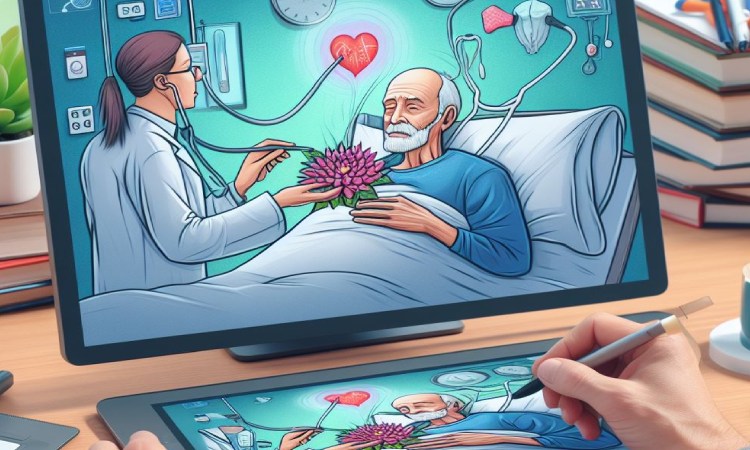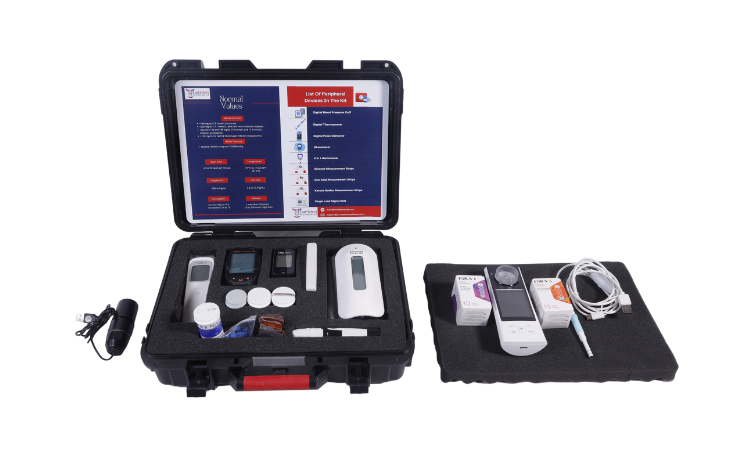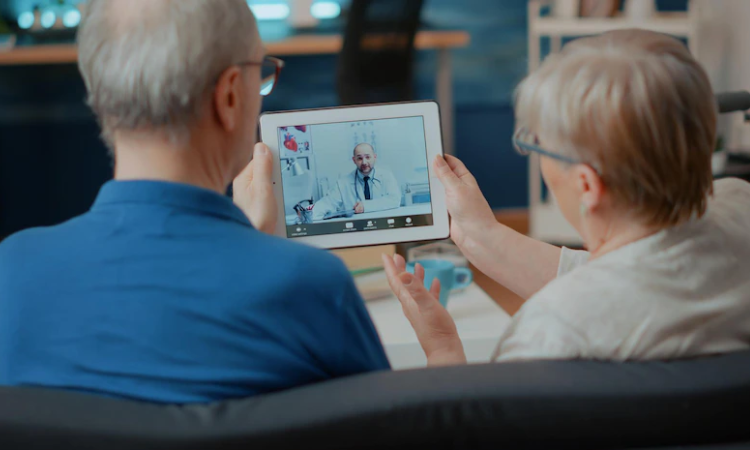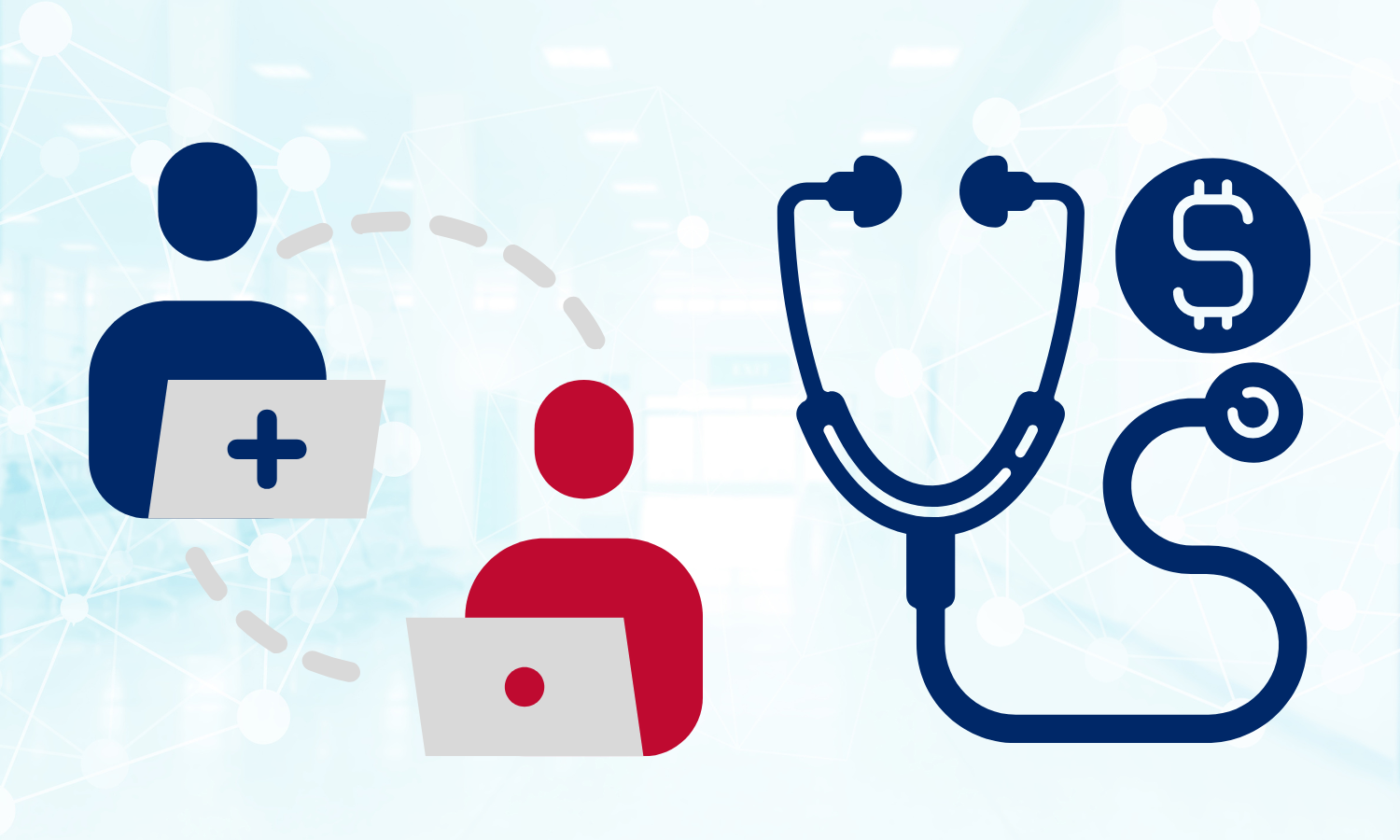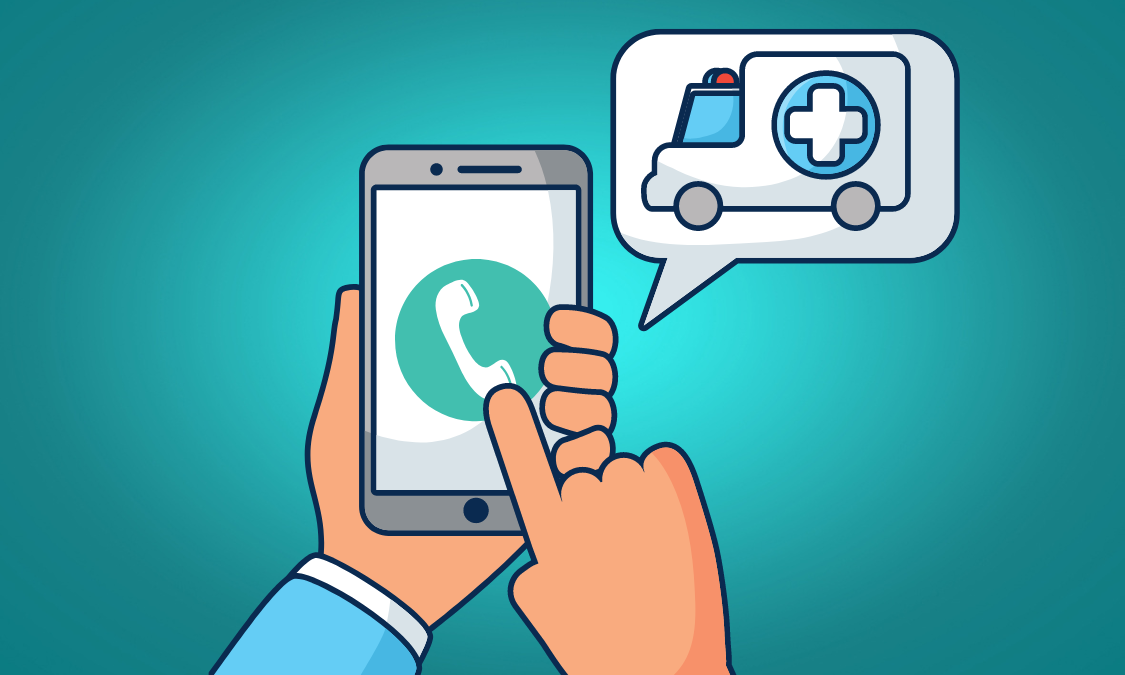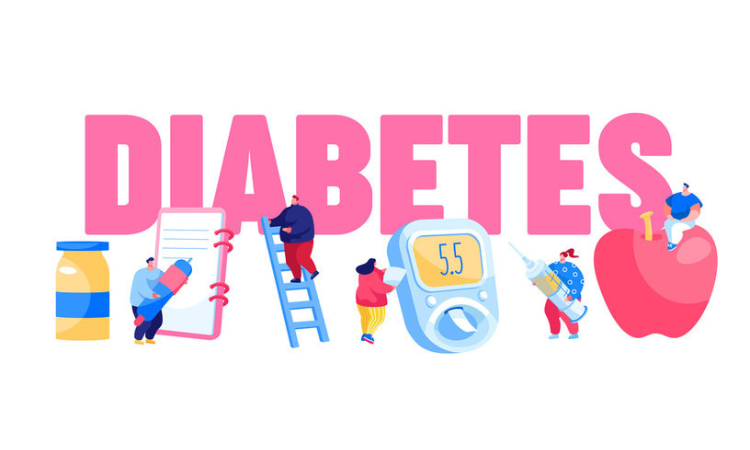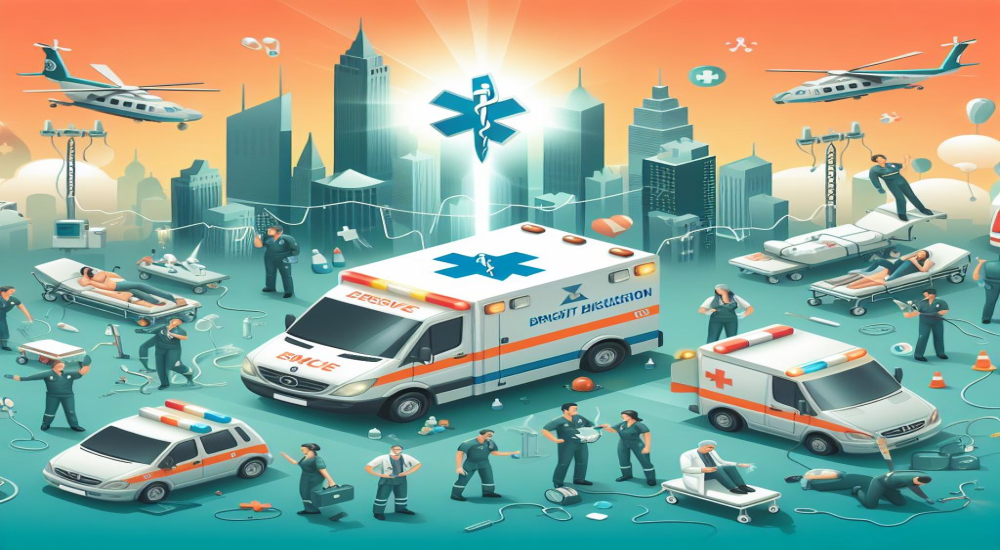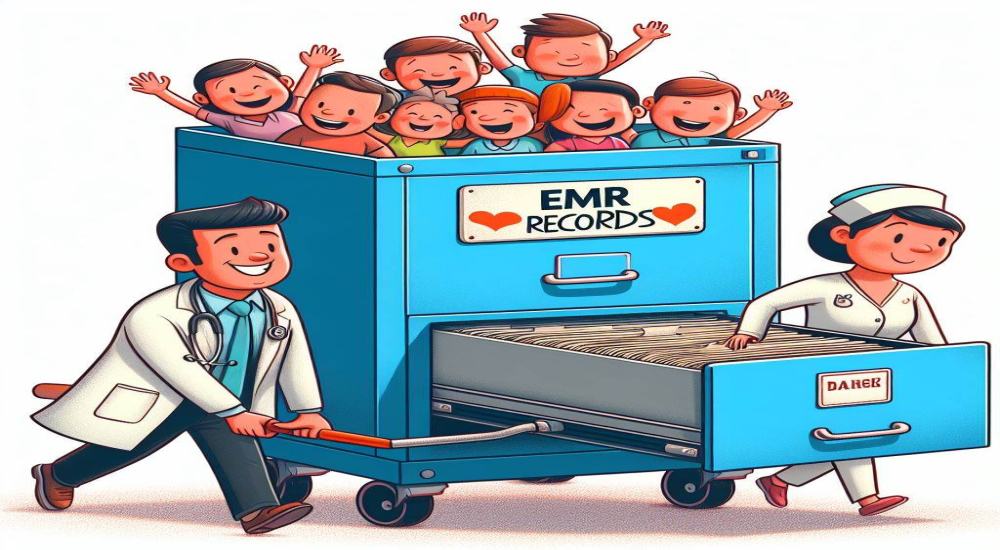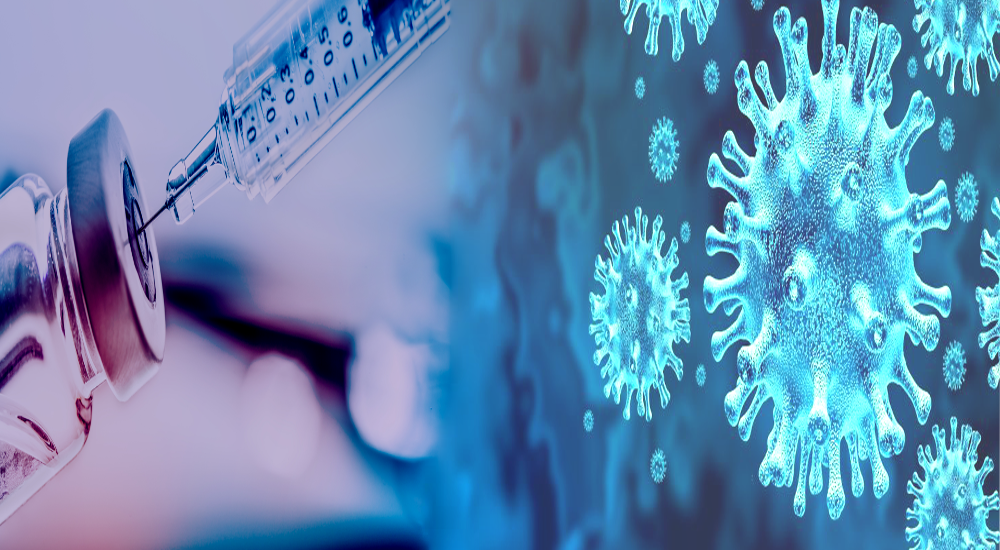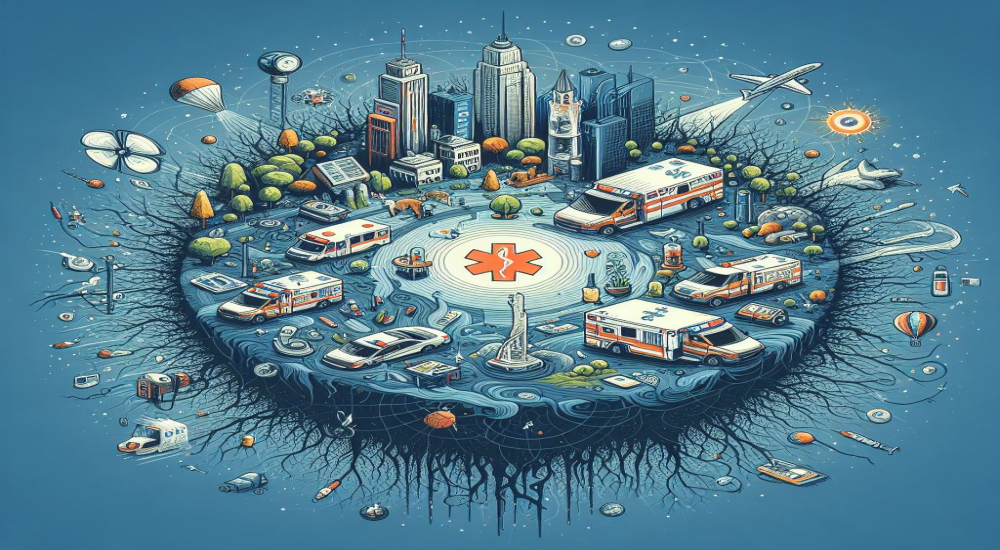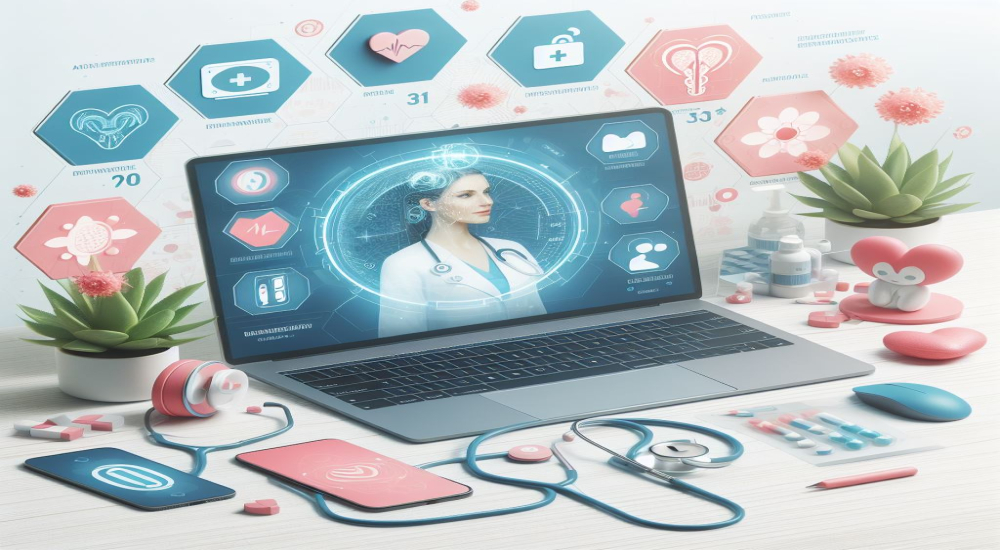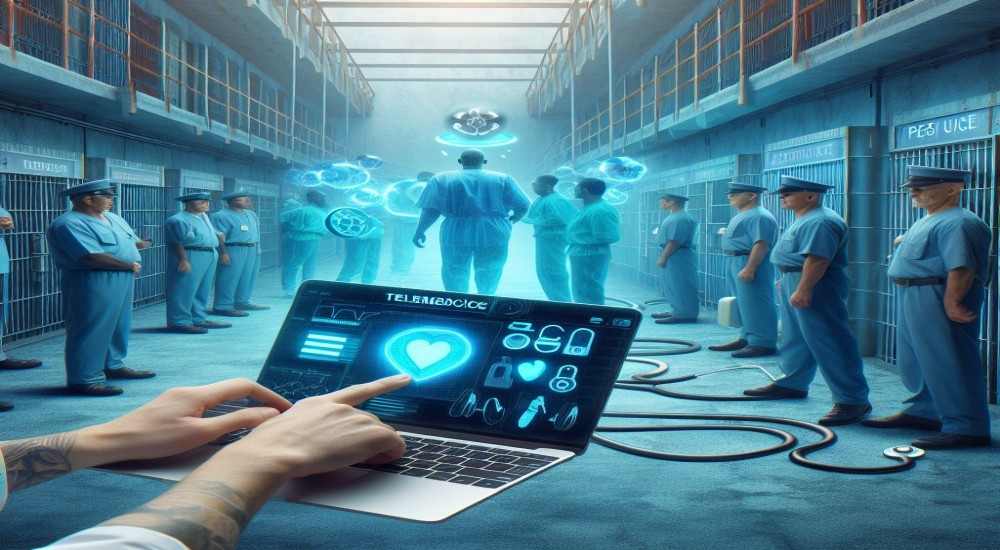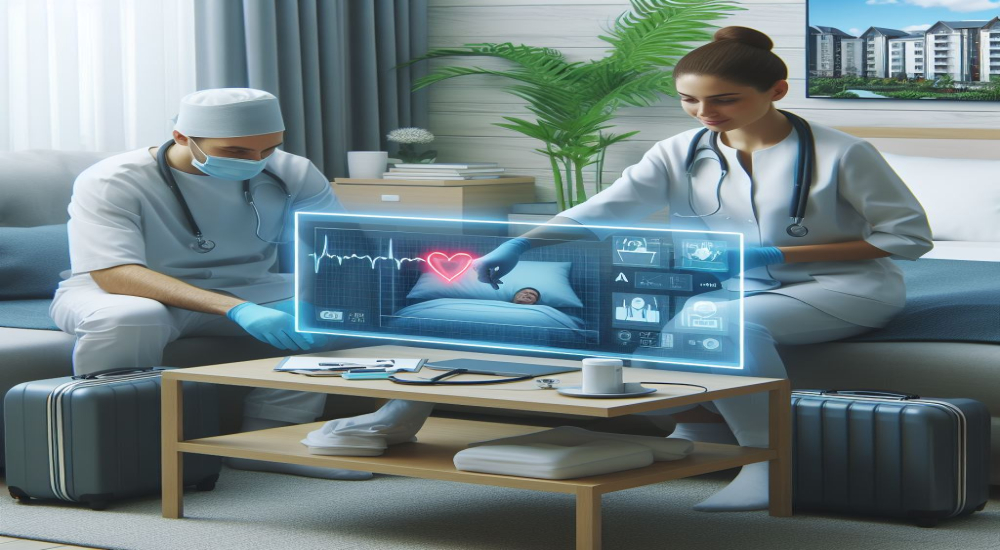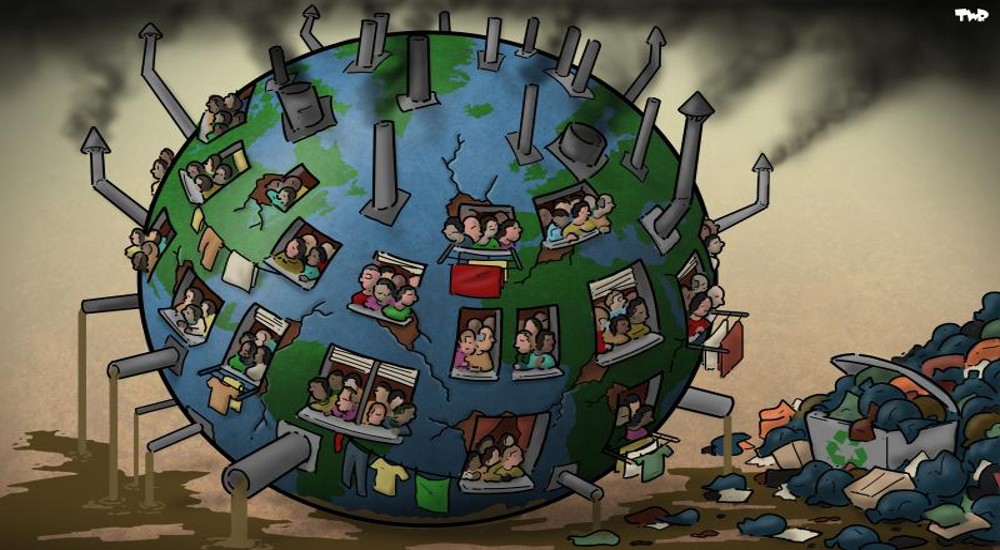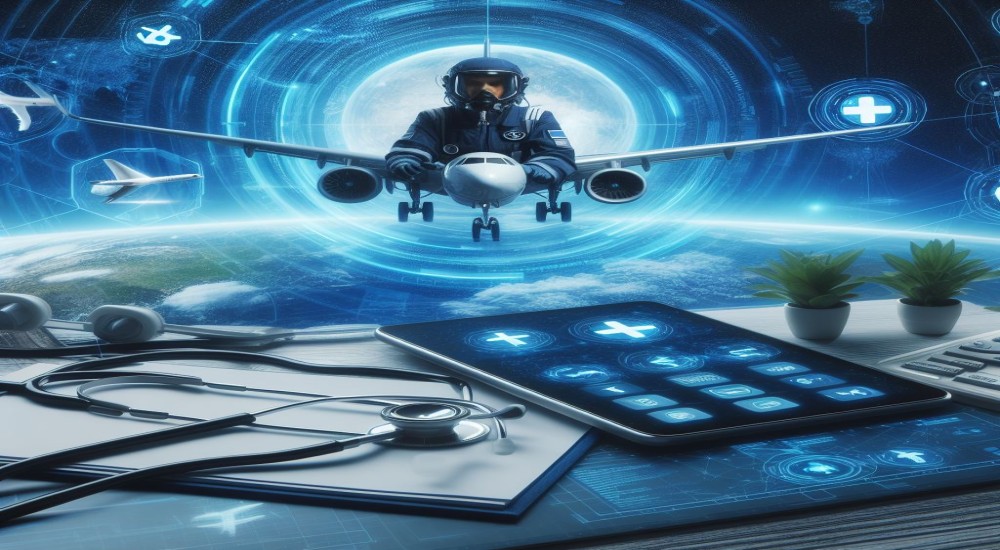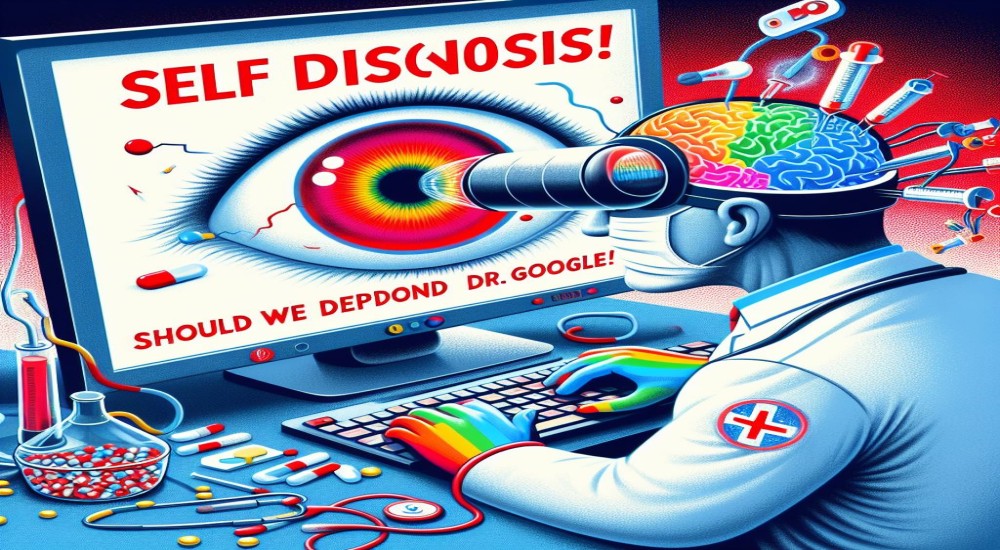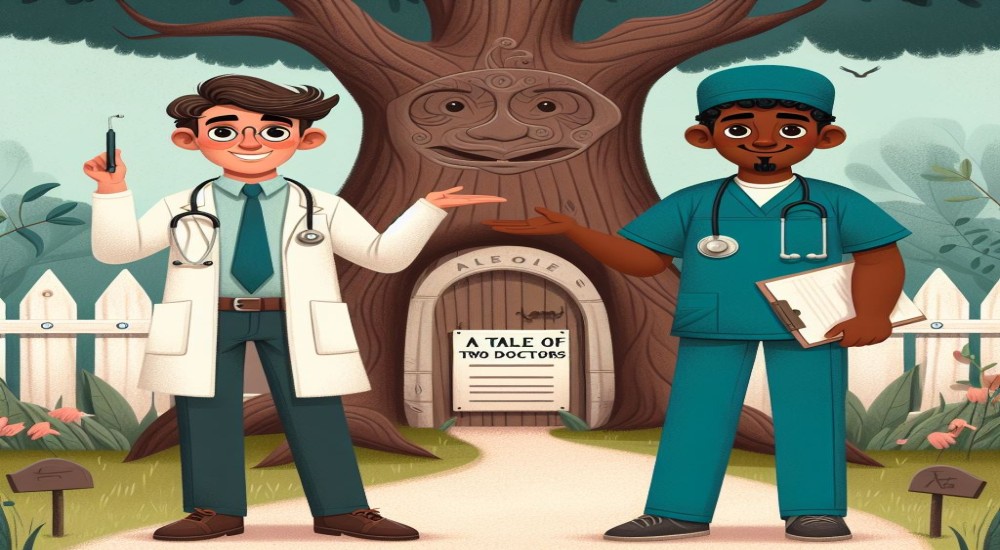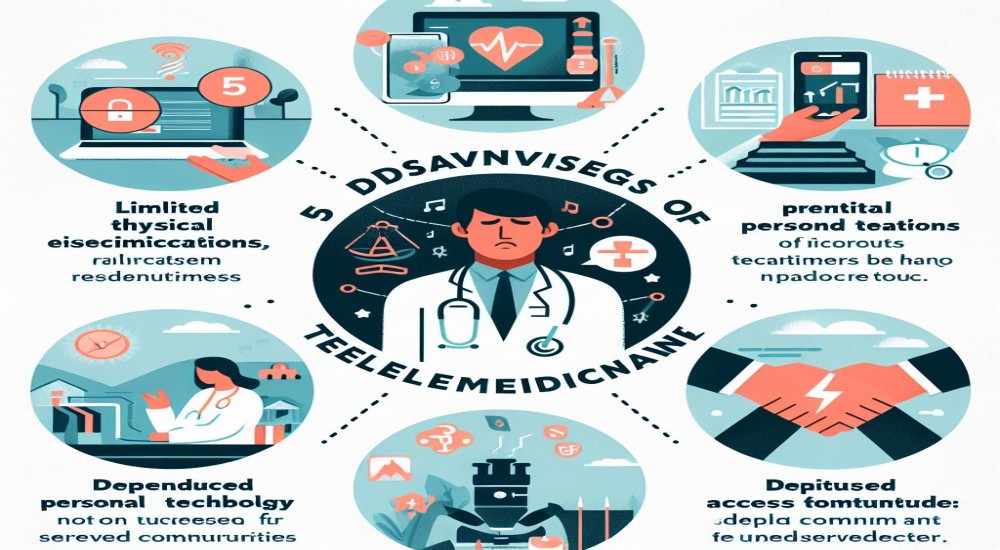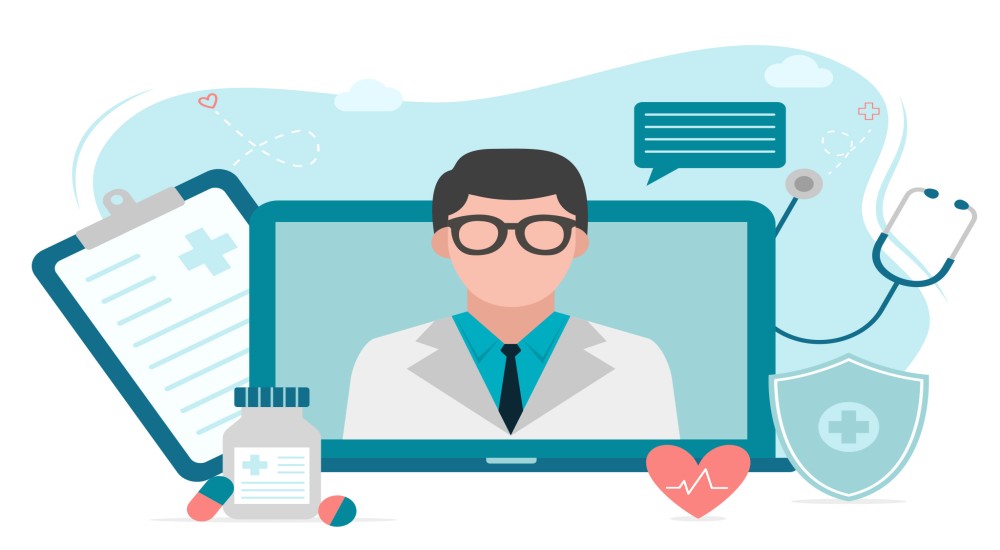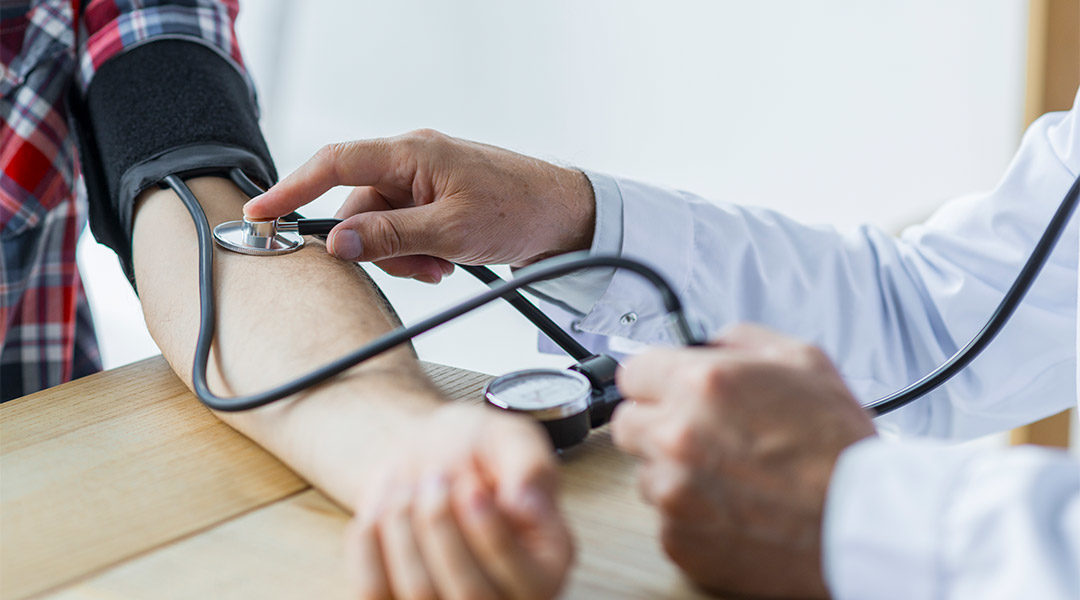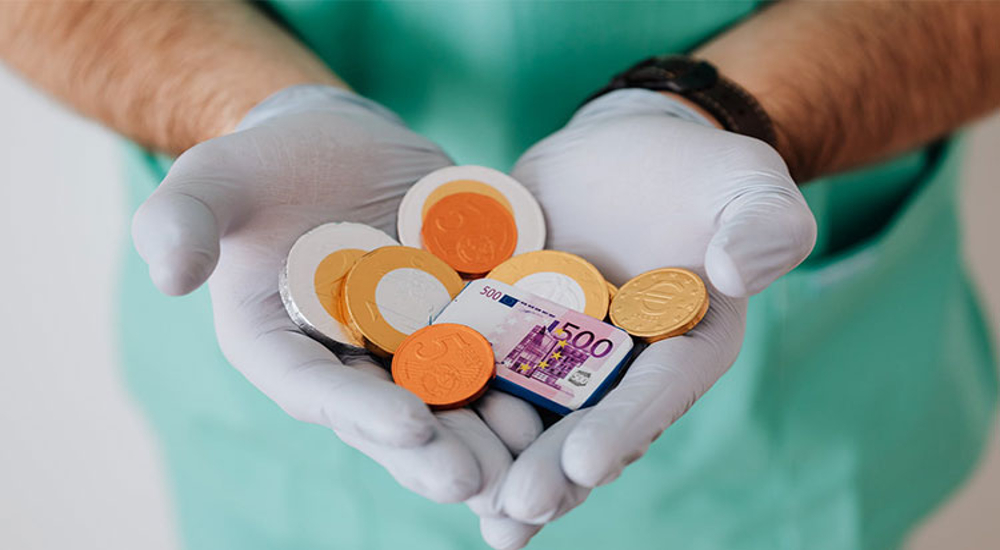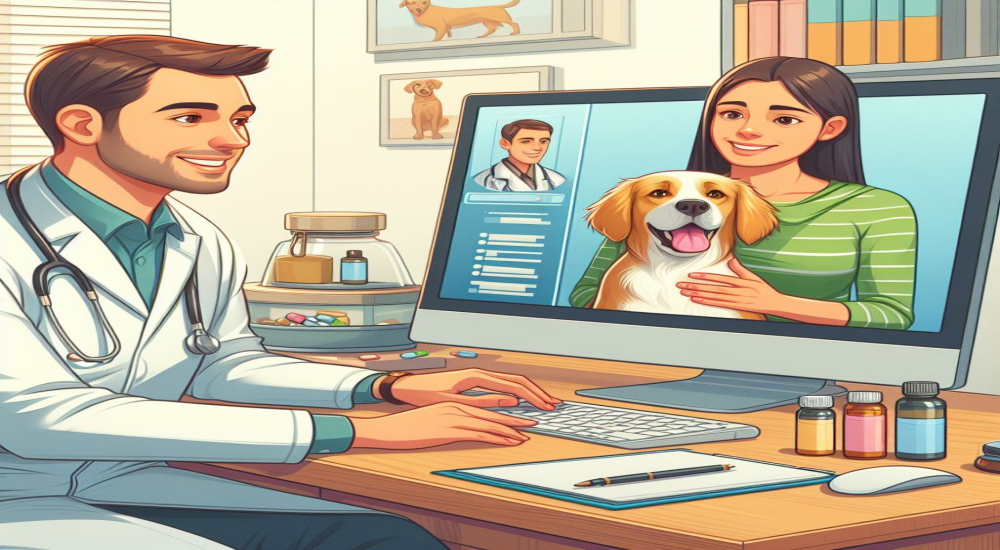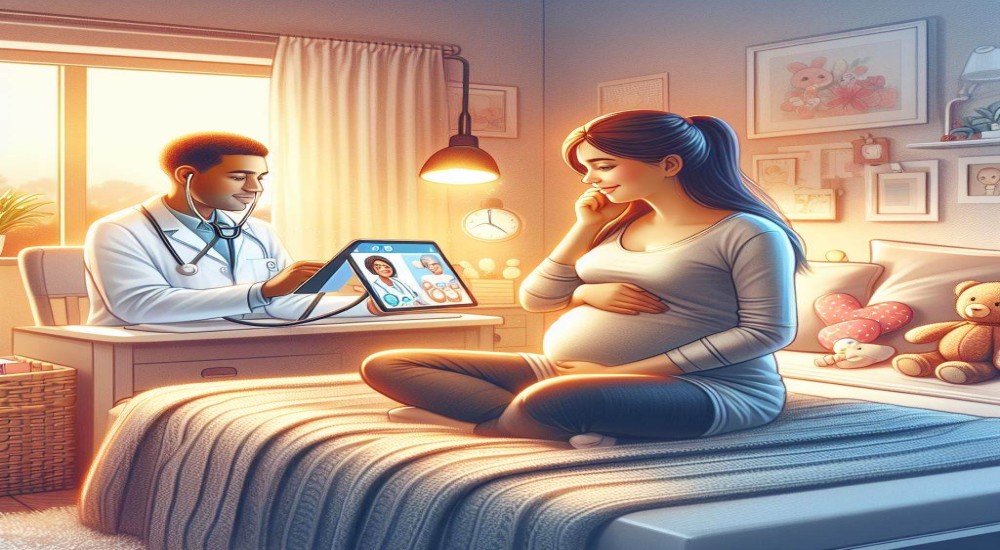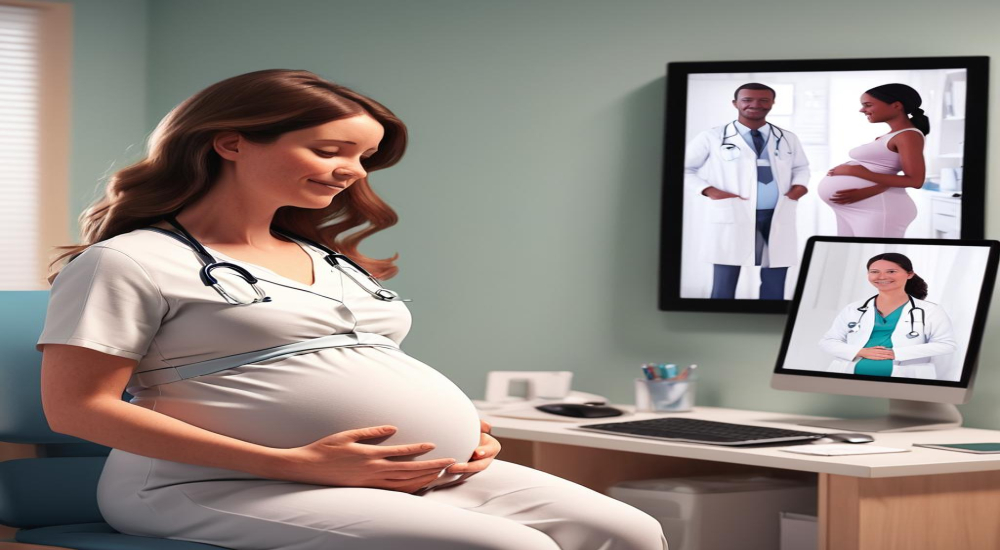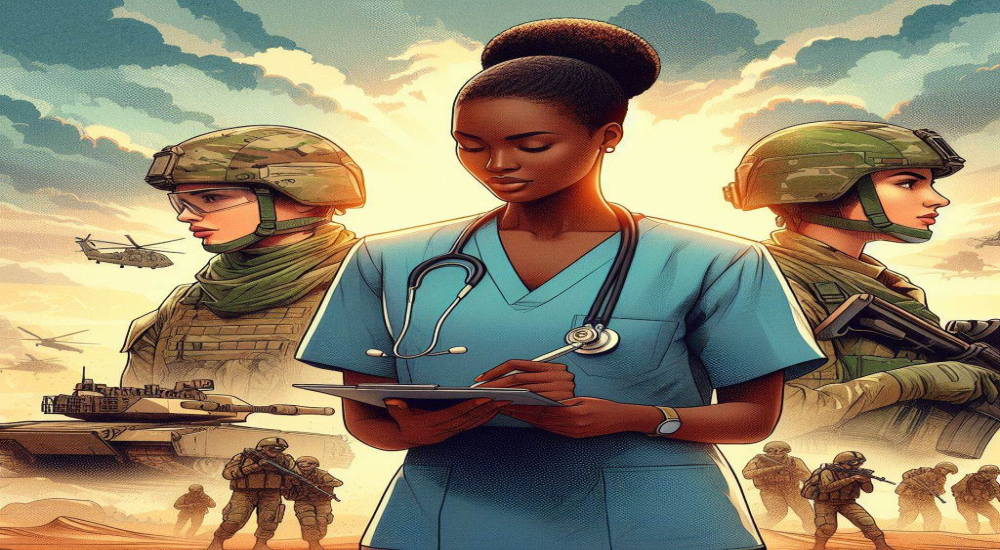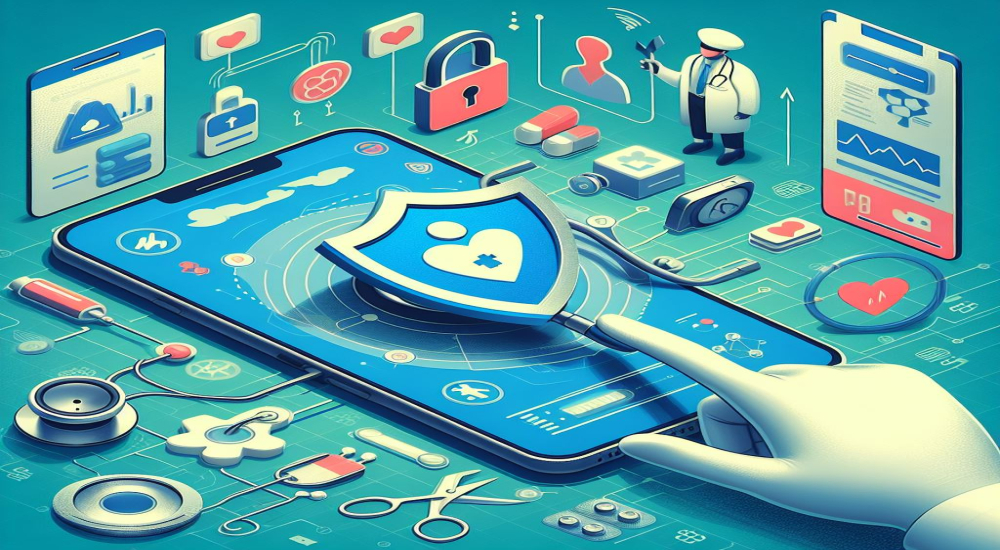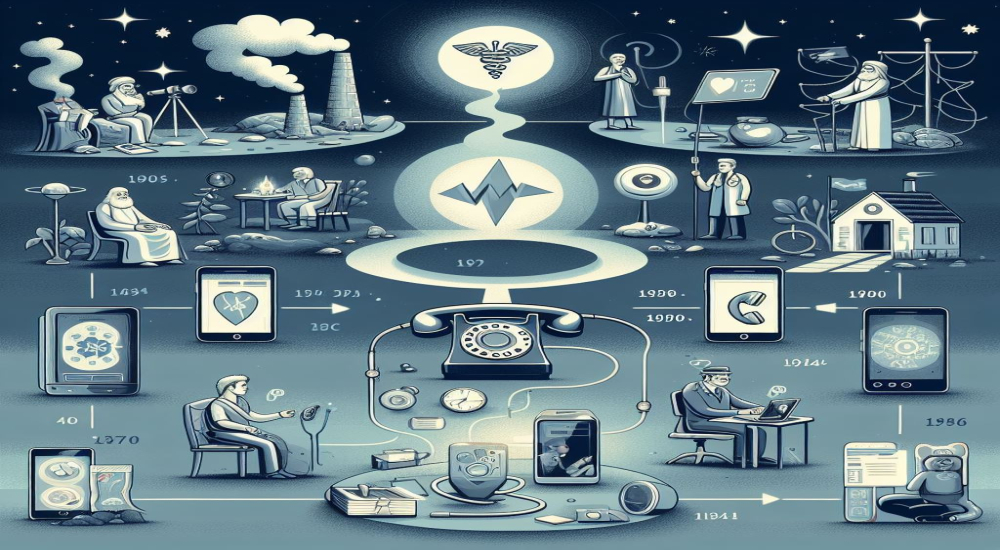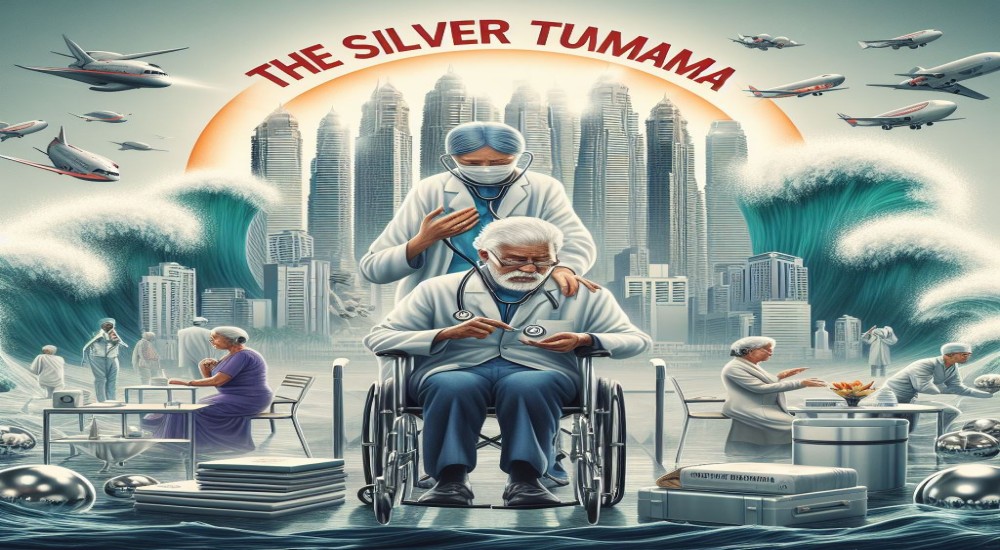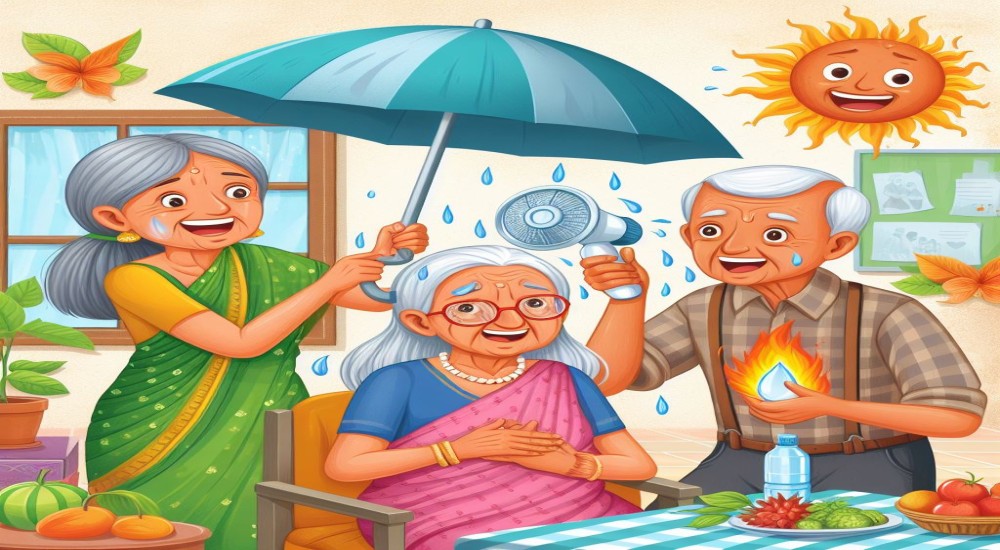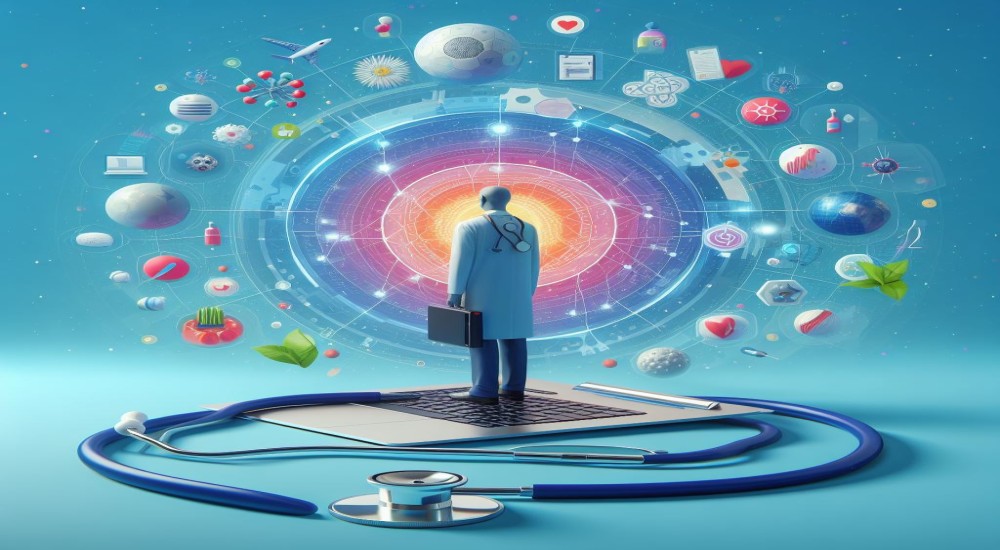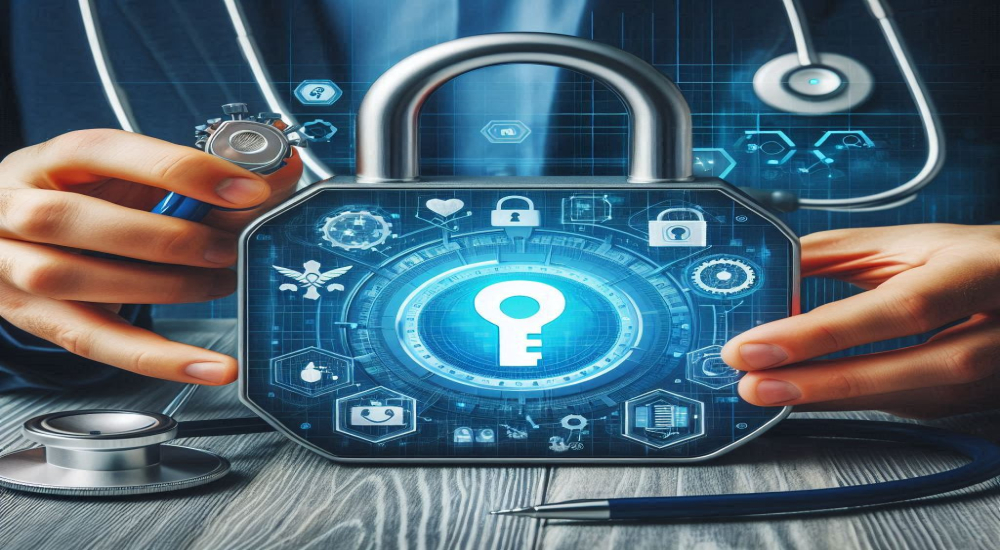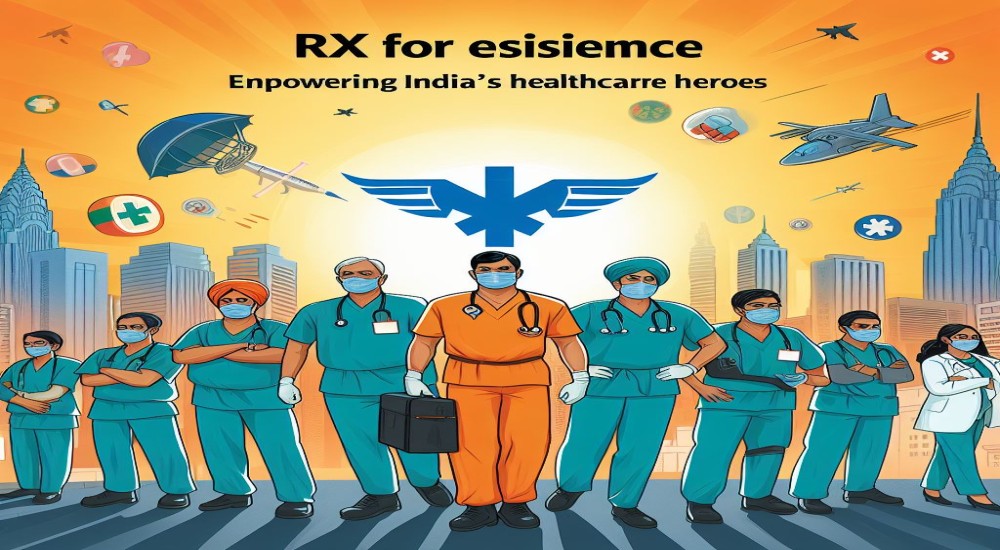Telemedicine For The Sky:Safety in Air Travel
If you are someone who has flown before especially on a regular basis I think you'll agree that one of the worst places to get sick (Yes I'm including the common choices such as at your in-laws house) is at 30,000 feet in the air in a pressurized metal tube that's packed full of passengers like a can of sardines.
Expectations differ greatly from reality and many a time your work or vacation flight can be interrupted by an in-flight medical emergency. If you're like me and fly frequently then odds are you've experienced that gut-wrenching feeling when the pilot announces an emergency landing, a return to the airport due to a medical emergency on board. While for the average traveller this can be a nuisance, albeit a costly one in terms of time and money it's still preferable to the situation of a passenger suffering a medical event on board a flight.
Now manned flights may be a thing that's only a century old at most but the within the last few decades affordable airfare and the absolute need for traveling has increased the number of fliers by a massive number. Air travel unlike any other forms of transportation carries with it its own set of unique medical issues.
UNIQUE CHALLENGES
- First off there are the fainters, usually first time fliers who are more prone to panic attacks, claustrophobia and hysteria. There are those who have uncontrolled diabetes, hypertension etc who are more prone to suffer from embolisms, clotting issues in flights due to passengers having to sit immobile for a long period of time.
- The changes in cabin pressure can cause inner ear problems, cause existing issues like tinnitus to flare up, etc. Many patients may forget their asthma medication on a flight and the stress of being cooped up in a metal cabin with noisy children, fellow passengers while breathing in recycled air can cause the condition to flare up.
- Transatlantic flights often serve drinks and many medications can have troublesome cross reactions with drinks, patients can be sick before entry onto the flight especially tourists returning from vacationing in tropical locales (Think malaria, dengue, Lassa fever, Tungiasis, parasites, q-fever etc).
- Many flights ply between tourist destinations and there are those who have gotten the 'bends' or divers sickness by getting on a flight a day after their scuba diving adventures.
- Altitude sickness is quite a common problem in flights and can affect both men and women.
- Recently the fear of terror attacks, hijackings or diesters has increased and people are in general more prone to panic, mass hysteria on board planes than in any other form of transportation.
RARIFIED AIR & RARIFIED CARE
Getting health coverage can be a challenge on the ground let alone a mile up in the air. While your average cabin crew may be uniquely talented in many things, dealing with medical emergencies or diagnosing and treating a passenger is not one of them. All air crews receive mandatory training in emergency medicine but they cannot replace actual medical care. In a recent flight a central minister of India had to dust off his medical skills and work as a doctor again when there was a medical emergency on board the flight he was travelling in. It is however unrealistic to expect every flight to have a doctor on board in case an emergency crops up.
It's also pretty hard for a plane to just parachute a patient down or land in front of a hospital. Most flights are only required by law to carry fuel for 1.5 trips and as such diversions, returns to the airport can cause massive delays and financial losses for the airline not to mention the passengers themselves. Emergency returns or landings can also create scheduling conflicts for the airport.
A death or serious emergency on board a flight can definitely cause a logistical problem for both the airlines and for grieving relatives as there is a positive mountain of forms and legal procedures that will follow before loved ones can take the body back home. While most passengers from developed western countries are used to a higher standard of care but the same level of care may not be available in the developing nations where an emergency landing can occur. Most flights between Europe and the Americas go via the poles to shorten travel time and fuel consumption, as such the nearest emergency landing site or medical help can be hours away when cruising over the poles. Inclement weather, wars, political unrest etc can also prevent flights from reaching the nearest airfield in the case of an emergency.
MURPHY'S LAW
Murphy's Law states that anything that can go wrong will go wrong and in case of medical emergencies on board a flight, the crew can feel like they are in the midst of a practical demonstration of the aforementioned law. The recent spate of clashes on board flights between passengers and flight crew over a simple thing such as the mask mandate in the USA shows how charged and vitriolic problems can become on board a flight. It can be hard to maintain calm in a pressurized metal container flying at 30,000 feet especially when panic sets in.
Studies show that every person is 50% more alert when on flights (all those final destination, snakes on a plane, plane crash movies from Hollywood may have a little to do with it) and that they are more sensitive to changes in the mood, this means that a single sick passenger especially if it is during a pandemic, it's an infectious disease etc. This means that a simple case of travellers diarrhoea or heart burn can cause a full blown panic on board. Cabin crew are trained to deal with such scenarios and yet even they can find it taxing to maintain order amidst the chaos.
TELEMEDICINE TO THE RESCUE
The major starting point that led to greater investments in Telehealth and Telemedicine is the space race and the need for healthcare delivery to the astronauts and cosmonauts orbiting the earth in a bid to break into the final frontier. NASA and ROSCOSMOS needed to monitor the healthcare of their space explorers in a never before seen environment and the massive stresses that accompanied a trip to space.
NASA, ISRO and other space agencies put their heads together and decided to apply the concept of Telemedicine that had cropped up at the turn of the 20th century to the task of health monitoring and medical care delivery to the farthest reaches man had reached. In the footsteps of this glorious history many airlines are now looking to bring telemedicine back to the skies.
All flights especially long international ones already pack a pretty hefty emergency kit bag, this includes medications, standard medical monitoring devices and other medical essentials required for urgent care. The devices by themselves are quite useful in assessing the condition of a patient but unless you have a doctor on board the flight by chance the interpretation and steps to be taken will be a complete mystery. Even if there happens to be a passenger on board who's a doctor it won't be much help if he turns out to be an ophthalmologist and your passenger is having a heart attack. Pilots can't be expected to radio out a blow by blow account of the patient's condition to a doctor on the ground. So to face these challenges we can deploy a telemedicine software paired with the medical devices to help triage the patient.
There are many companies such as MedAire ,and other Telemedicine start-up's that have specialised to serve the needs of the industry with dedicated training programs for flight crews, deployment of remote monitoring devices on board the flight, using telemedicine to connect with their panel of doctors and more. Either doctors alone or medical devices alone don't win the battle in a mid-air crisis, however by combining them both we can establish a standard of care very similar to the one we find on land.
TURBULENCE FACED BY TELEMEDICINE
There are certain installation and operational challenges that are unique to Telemedicine solutions on board an aircraft.
- At standard operational altitudes its hard to get a signal or Wi-Fi connection for the Telemedicine consultation to happen is difficult.
- Aircraft can use Ku and Ka band or satellite based communications but those have to be installed by the manufacturing company when the plane is being made. The airlines can't mess with or alter the plane's structure without compromising the integrity.
- It can be extremely expensive even though it might be a one time installation cost.
- Spotty connectivity especially in unpredictable weather or on flights going over the poles, unusual cloud cover, temperature and crosswinds.
- Flights move quickly through the air and they might move out of range of communication with a network hospital.
- The curve of the earth and cross hemispheric travel can cause line of sight issues which still plague our communications today.
- Heavy cloud cover and objects in between, tidal reflection over water can weaken signals making the transmission expensive.
- Flight crews need additional training to operate the medical devices and the Telemedicine software.
WHERE DO WE LAND IN THE END?
Though Telemedicine for the skies has many issues that need to be addressed it is definitely a positive thing with many possibilities especially with our rapidly advancing technology. Just imagine, just like all our favourite space shows as kids and adults such as Star Wars, Star Trek etc where mankind is travelling the stars we can imagine that telemedicine and teleconsultations from earth, the moon or other planets to spaceships exploring the cosmos may very well be the future. After all as Neil Armstrong said as he took his first step on the moon though we had barely discovered manned mechanical flight 60 or so years ago, "One small step for a man, One giant leap for mankind".
